Understanding Autism Spectrum Disorder in America
Autism Spectrum Disorder (ASD) has become a significant public health concern in the United States, with increasing prevalence and evolving understanding of its complexities. Over the past two decades, research and awareness initiatives have transformed how autism is diagnosed, treated, and supported, revealing disparities across populations and emphasizing the need for inclusive policies. This article explores the current landscape of autism in the U.S., encompassing prevalence rates, diagnostic trends, risk factors, and available resources for individuals and families.
Prevalence and Diagnostic Trends in the US
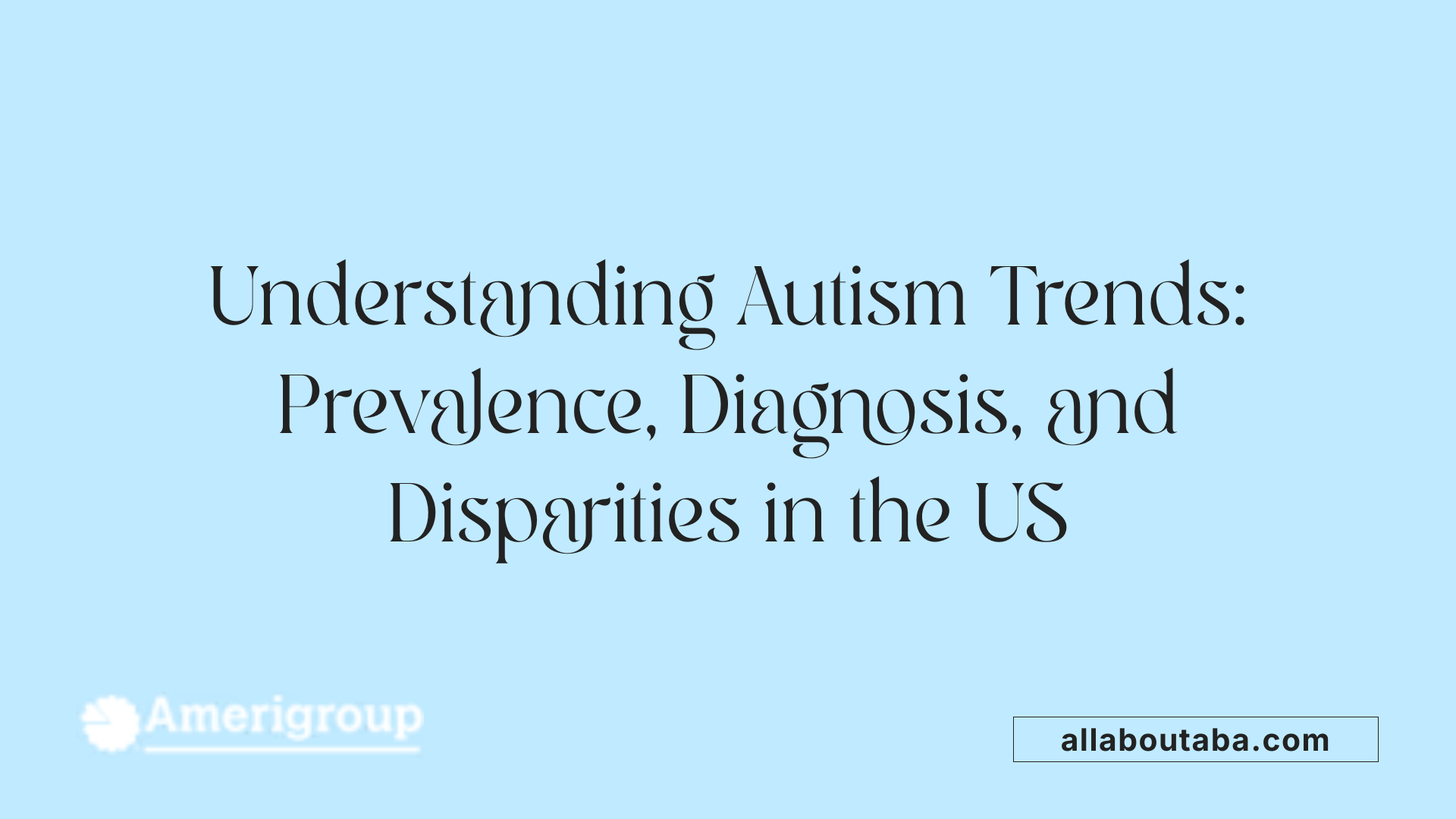
What are the current autism prevalence rates and diagnosis trends in the United States?
Autism Spectrum Disorder (ASD) diagnosis rates in the US have shown a consistent upward trend over recent years. According to the CDC’s latest data from 2022, approximately 1 in 31 children—around 3.2%—are diagnosed with autism, a noticeable increase from earlier figures such as 1 in 36 children in 2020. Among adults, recent estimates suggest that about 1 in 45 individuals are living with autism.
In children, prevalence varies with age, with the highest rates observed in those aged 5 to 8 years. Specifically, the data indicates a prevalence of roughly 1 in 34 children for the 4-year-old cohort born in 2018, and 1 in 31 for children aged 8. These figures reflect improved detection and growing awareness, especially as screening practices become more widespread.
Diagnosis trends over time reveal significant increases, largely attributable to enhanced screening, revised diagnostic criteria (notably the DSM-5 in 2013), and increased awareness among healthcare providers and families.
Boys remain at a considerably higher risk, being nearly four times more likely to be diagnosed than girls. The current ratio stands at about 4 to 1, with the prevalence among boys around 4 in 100, versus 1 in 100 for girls.
Racial and ethnic disparities persist but are diminishing as screening and access improve across diverse populations. While historically higher among white children, recent data show similar prevalence rates among Black, Hispanic, Asian, and Native children, highlighting progress toward earlier and more equitable diagnosis.
The average age at diagnosis is around 5 years, though reliable identification of ASD can occur as early as age 2. Early diagnosis facilitates earlier intervention, which is crucial for better developmental outcomes.
Despite these advances, autistic individuals still face challenges in education, employment, and social participation. Efforts to increase awareness and support services are ongoing to address these disparities.
Characteristics, Symptoms, and Challenges of ASD
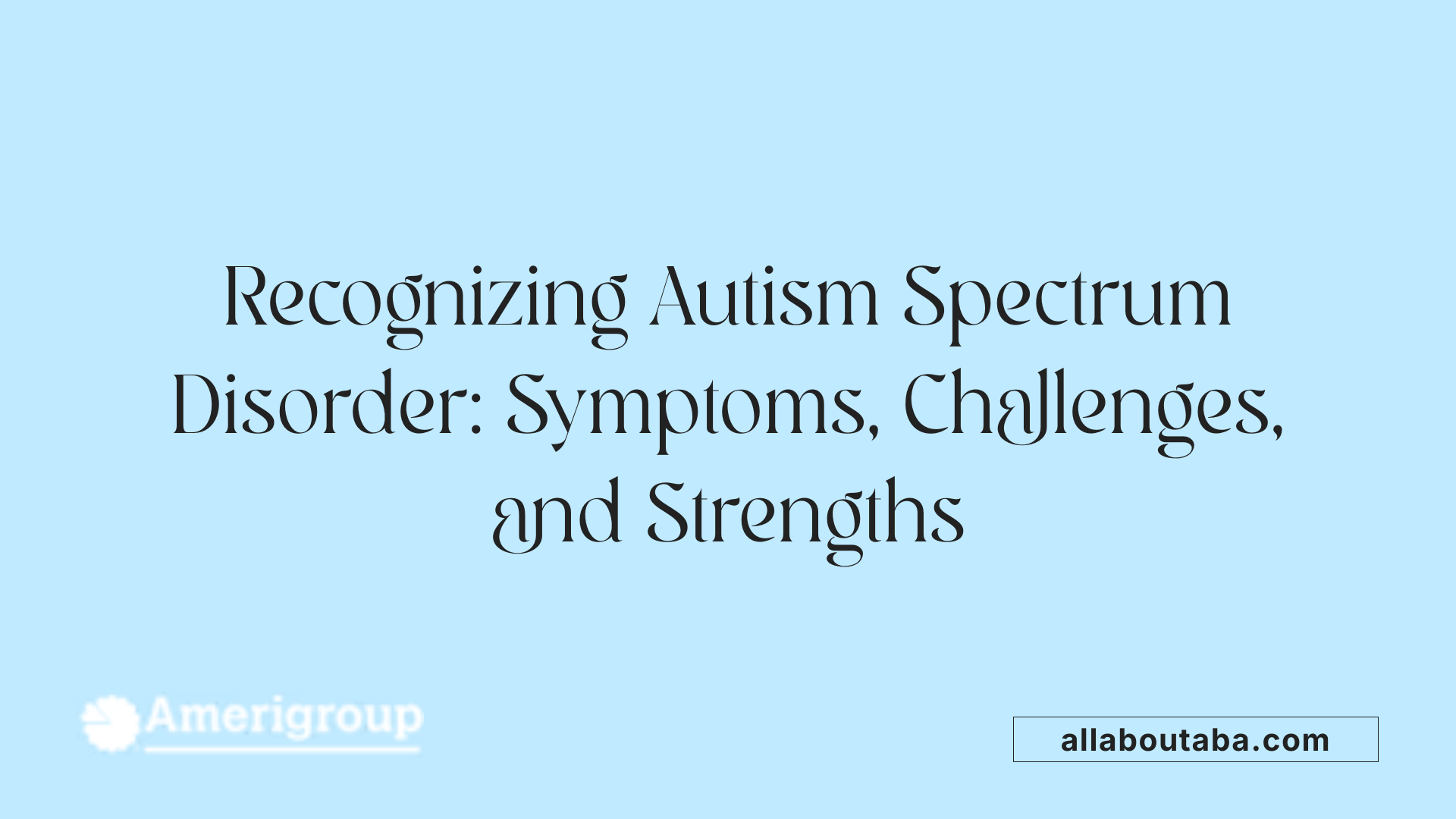
What are the characteristics, symptoms, and challenges associated with autism spectrum disorder in the US?
Autism spectrum disorder (ASD) in the United States presents with a range of social, behavioral, and sensory challenges. Social communication difficulties are hallmark features, including limited eye contact, trouble responding to one’s name, and difficulty understanding social cues. Children often show restricted and repetitive behaviors, such as hand-flapping, lining up toys, or adhering rigidly to routines.
Symptoms typically emerge by age 2 or 3, though they can sometimes be recognized earlier or later. Early signs may include delayed speech development, limited engagement with others, sensory sensitivities, and diverse learning abilities. The range of ASD severity varies widely; some individuals have intellectual disabilities, while others may have high intelligence but struggle socially.
Co-occurring conditions like ADHD, anxiety, epilepsy, and sleep disorders are common among children with ASD. Early diagnosis—ideally before age 3—is crucial as it allows for early intervention, which can greatly improve communication and social skills.
Children and adults on the autism spectrum face significant challenges in navigating school, work, and social environments. Despite these hurdles, many individuals possess unique strengths, such as intense focus, honesty, and specialized interests. Supporting these strengths while addressing challenges through tailored services and interventions is essential for fostering full participation in society.
Genetic and Environmental Factors in Autism
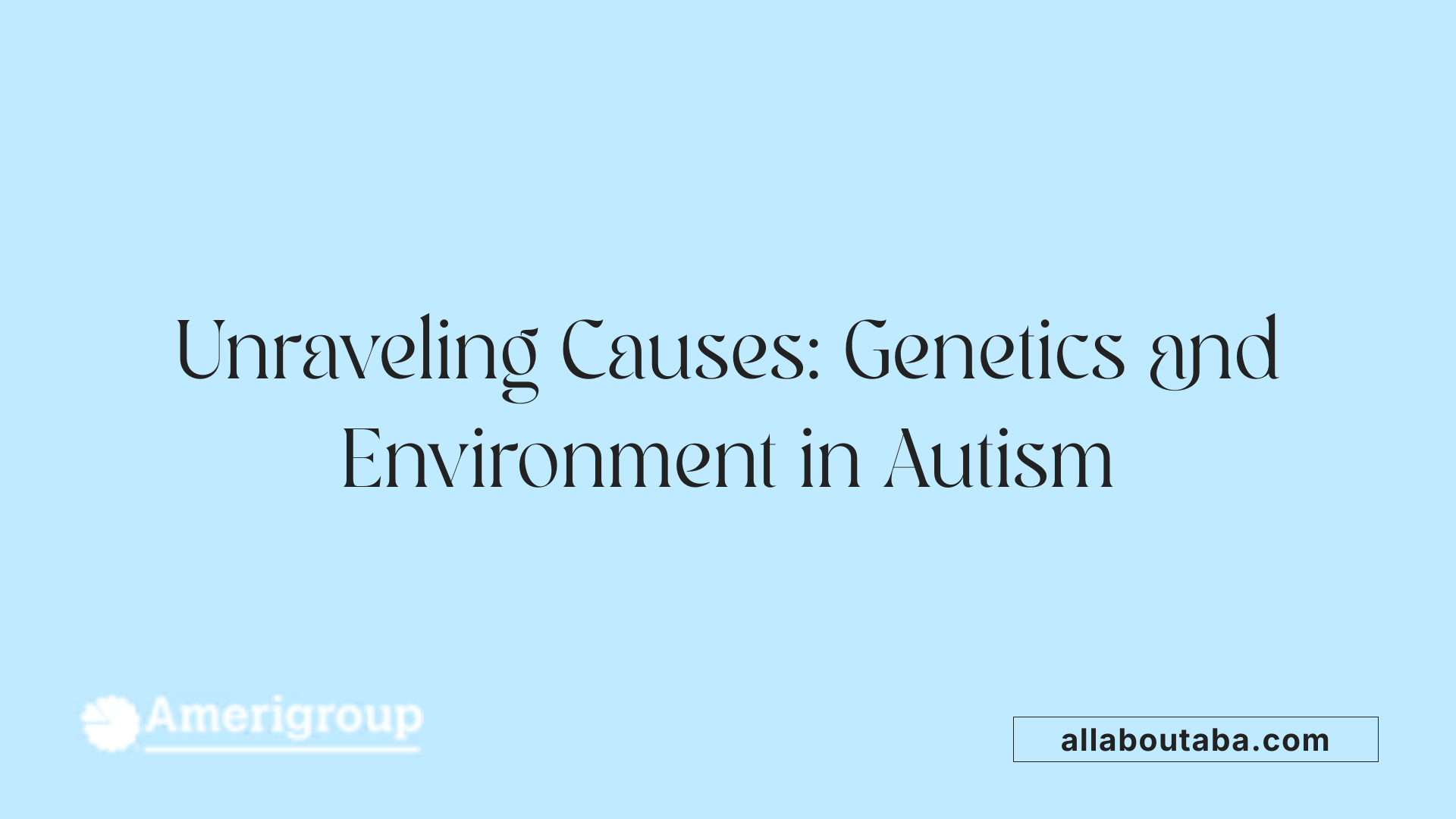 Autism spectrum disorder (ASD) is influenced by a combination of genetic and environmental factors. Heritability estimates for autism are high, ranging from 50% to 90%, indicating a strong genetic component. Twin studies provide substantial support for this, with concordance rates of 76-90% among identical twins and 50-70% among fraternal twins, demonstrating a significant genetic influence.
Autism spectrum disorder (ASD) is influenced by a combination of genetic and environmental factors. Heritability estimates for autism are high, ranging from 50% to 90%, indicating a strong genetic component. Twin studies provide substantial support for this, with concordance rates of 76-90% among identical twins and 50-70% among fraternal twins, demonstrating a significant genetic influence.
Several specific genes have been linked to autism, including CHD8, SHANK3, PTEN, and NLGN3/NLGN4. These genes are involved in critical aspects of brain development, such as synaptic function and regulation of cell growth. Variations or mutations in these genes can affect neural connectivity and development, contributing to ASD symptoms.
Family risk factors also play an important role. If one child has autism, the chance of a sibling also being affected increases to between 10-20%. This risk rises further if two siblings are diagnosed, reaching 25-35%. The presence of autism in parents or close relatives raises the likelihood, with some estimates suggesting the risk can be up to 30-50% in families where multiple members are affected.
While genetics are the predominant factor, environmental influences are also considered. Exposure to certain environmental conditions, such as air pollution, has been explored as a potential risk, although their roles are less clearly defined compared to genetic factors. Ongoing research continues to examine how environmental exposures may interact with genetic predispositions to influence the development of autism.
Understanding the complex interplay of these factors is crucial for early detection and intervention strategies, ultimately improving outcomes for individuals with autism.
Recent Trends, Research, and Disparities
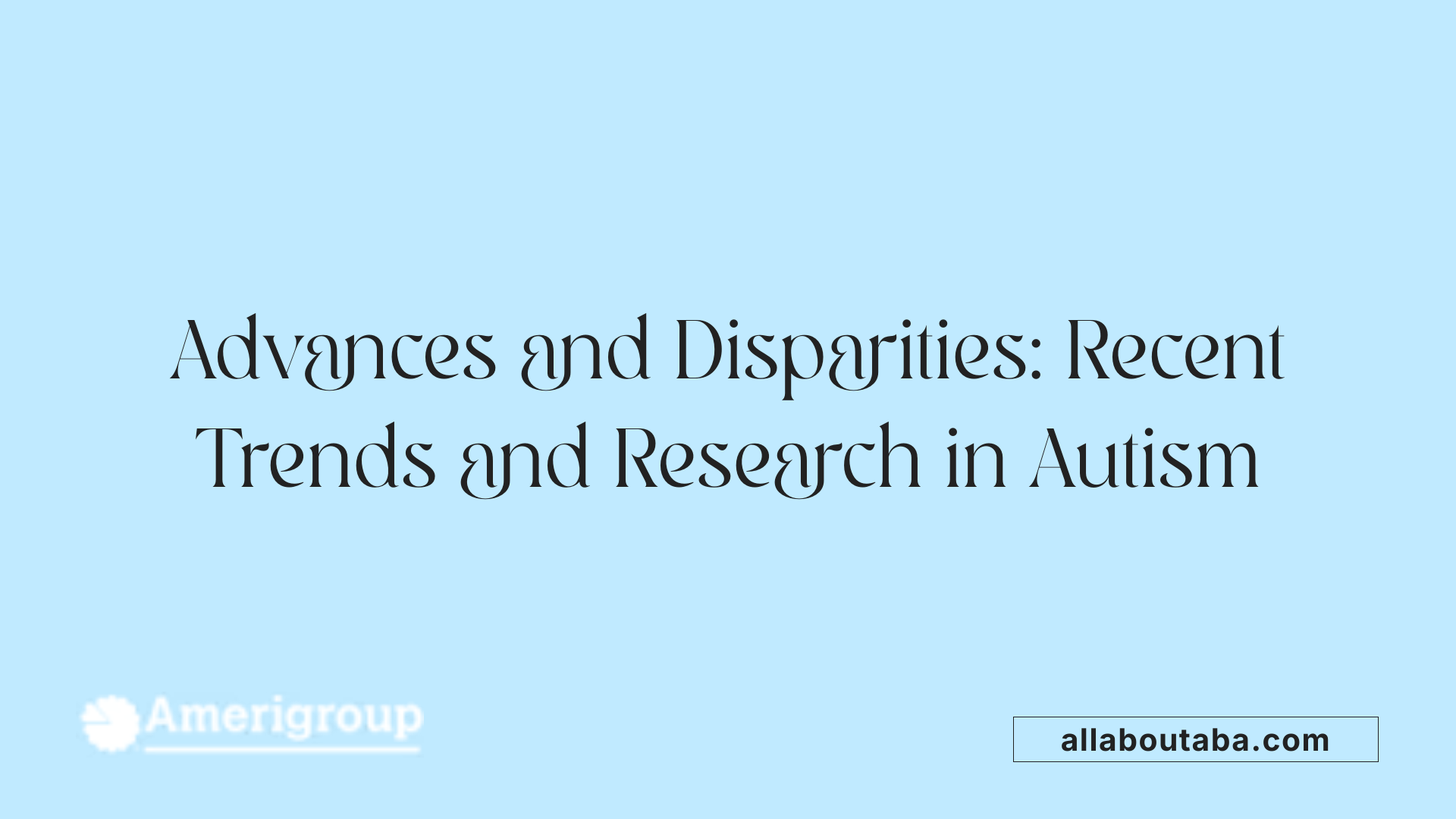
How have changes in diagnostic criteria impacted autism prevalence in the US?
Over the years, modifications to the diagnostic criteria have played a significant role in the increasing numbers of autism diagnoses. The release of DSM-5 in 2013 unified various diagnoses such as autism, Asperger syndrome, and pervasive developmental disorder into a single umbrella, making it easier to identify individuals under a broader spectrum. This expansion has led to a higher reported prevalence, as more children and adults now meet the updated criteria.
What recent advances in autism research help explain rising prevalence?
Research efforts by organizations like the NIH and CDC have deepened understanding of autism's biological and behavioral characteristics. Large-scale studies, including those supported by the Autism Centers of Excellence, explore genetic, environmental, and developmental factors. Evidence suggests that factors such as parental age, prematurity, and vitamin D deficiency might contribute to increased risk. Additionally, advancements in screening tools and earlier intervention strategies, with recommended checks at 18 and 24 months, have improved early detection, bringing more cases to light.
How do racial and socioeconomic disparities influence autism detection?
While awareness and screening accessibility have improved, disparities still exist among racial and socioeconomic groups. Historically, white children were diagnosed more frequently, but recent data shows that minority children—particularly African-American, Hispanic, and Asian populations—are increasingly diagnosed due to improved screening access.
In lower-income areas or regions with higher social vulnerability, autism prevalence tends to be higher, possibly reflecting better detection efforts rather than true incidence increases. However, gaps remain in early intervention access, with minority children often receiving later diagnoses and fewer supports, impacting outcomes.
Are adults now being diagnosed with autism?
Yes, recent data indicates a notable rise in autism diagnoses among adults, especially in the 18-34 age range, with the most significant increases among young adults aged 26-34. This shift is attributed to improved awareness, reduced stigma, and better screening practices that enable recognition of autism symptoms later in life. Such findings highlight ongoing challenges and opportunities in providing support for adults on the spectrum.
| Aspect | Historical Data | Recent Trends | Additional Notes |
|---|---|---|---|
| Prevalence rates | 1 in 150 (2000) | 1 in 36 (2022) | Increase linked to broader diagnosis and awareness |
| Diagnostic criteria | DSM-IV | DSM-5 (2013) | Expanded criteria broadened the spectrum |
| Racial disparities | Higher in white children | Closing gap, increased detection in minorities | Persistent access challenges |
| Adult diagnoses | Rare | Growing, especially 18-34 age group | Reflects improved recognition |
Continued research and evolving diagnostic standards have contributed to the rising autism prevalence in the US, emphasizing the need for equitable access to early detection and support services across all populations.
Support, Resources, and Advocacy for Autism in the US
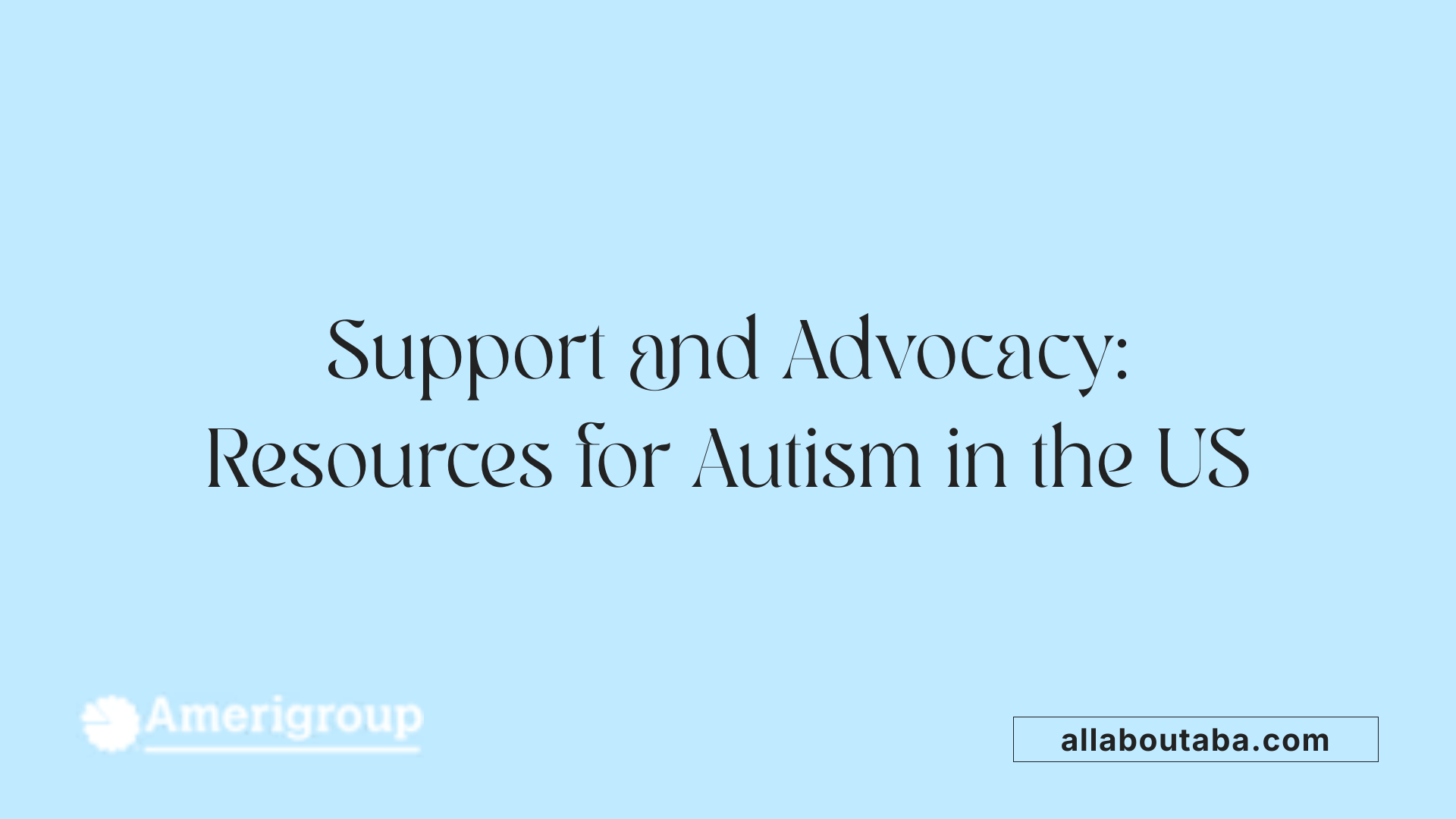 Numerous organizations across the United States, including well-known groups like the Autism Society and Autism Speaks, provide vital support options, resources, and advocacy initiatives tailored for individuals with autism and their families. These organizations offer a variety of services, such as helplines where families can seek guidance, comprehensive resource guides for understanding autism, and specialized training centers focused on early diagnosis and community integration.
Numerous organizations across the United States, including well-known groups like the Autism Society and Autism Speaks, provide vital support options, resources, and advocacy initiatives tailored for individuals with autism and their families. These organizations offer a variety of services, such as helplines where families can seek guidance, comprehensive resource guides for understanding autism, and specialized training centers focused on early diagnosis and community integration.
Early screening and diagnosis are crucial for effective intervention. The CDC and professional groups recommend developmental screening at 18 and 24 months to identify signs of autism as early as possible. This early detection allows families to access support services sooner, which has been shown to improve outcomes.
Community programs play a vital role in fostering inclusion and support. Events like Autism Acceptance Month in April, local walks, and inclusive community activities aim to raise awareness and reduce stigma. These initiatives help build supportive environments where individuals with autism can participate actively and develop social connections.
Employment and education support are also essential components. Efforts such as the Autism @ Work program and guidance from resources like the Job Accommodation Network help promote inclusive employment opportunities. Educational services under the Individuals with Disabilities Education Act (IDEA) ensure that students with autism receive appropriate academic accommodations and support to succeed.
Together, these resources and initiatives aim to improve quality of life, foster independence, and promote acceptance for individuals on the autism spectrum. Families and caregivers are empowered through education, advocacy, and community engagement, helping to create a more inclusive society where everyone can thrive.
Moving Forward with Inclusion and Support
While the prevalence of autism in the US continues to rise, so does the collective effort to foster understanding, acceptance, and meaningful support. Advances in research, early diagnosis, and inclusive policies are crucial in enhancing the quality of life for autistic individuals. Continued investment in education, employment, and community resources, alongside addressing disparities across populations, holds promise for a more equitable future where every person with autism is valued and empowered.
References
- Data and Statistics on Autism Spectrum Disorder - CDC
- Autism statistics and facts | Autism Speaks
- Prevalence and Early Identification of Autism Spectrum - CDC
- Autism Spectrum Disorder (ASD) - National Institute of Mental Health
- 'Autism Epidemic Runs Rampant,' New Data Shows 1 in 31 Children ...
- Autism Diagnosis Among US Children and Adults, 2011-2022
- Autism Society Creating connections for the Autism community to ...
- Autism prevalence rises to 1 in 31 children in the U.S.







